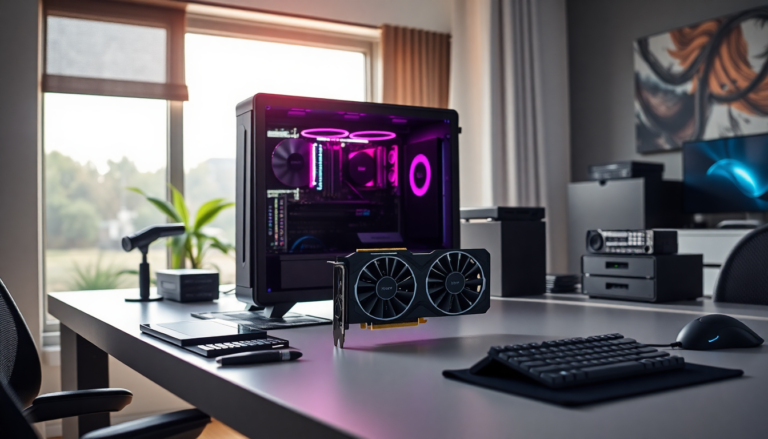Argomenti trattati
In the evolving landscape of graphics technology, Intel’s Arc series has stirred a mix of skepticism and excitement among gaming enthusiasts. Initially seen as a formidable competitor to the established giants, Nvidia and AMD, Intel’s offerings have promised enhanced value at various price points. However, since the launch of the second-generation Arc B580 in December, the question remains: what’s next for Intel’s graphics cards? Recent updates in Linux drivers have unveiled some intriguing possibilities.
New identifiers hint at upcoming graphics cards
A recent discovery by a user on Twitter, known as @LasseKrkkinen, has highlighted four new hardware identifiers that appeared in the latest Linux driver updates concerning Arc graphics cards. According to reports, these identifiers fall under the “BMG” family label, suggesting they belong to the second-generation Battlemage series, which has thus far only introduced mid-range models. This revelation raises the tantalizing question of whether these identifiers correspond to new graphics card releases.
While it’s tempting to speculate, it’s essential to recognize that the mere identification of hardware in documentation does not guarantee that these components will eventually be transformed into retail products. The journey from hardware identification to consumer availability can be lengthy and fraught with challenges. Yet, hope remains, particularly for budget-conscious gamers, that at least one of these new identifiers may represent the Arc B770. This model, if it comes to fruition, would serve as a successor to the original Arc A770 and is expected to compete directly with Nvidia’s RTX 5060 and AMD’s Radeon RX 9060.
The competitive landscape for graphics cards
As it stands, the Nvidia RTX 5060 is priced at $299 and offers an underwhelming 8GB of video memory. If Intel could manage to outperform this offering—be it through superior specifications or enhanced performance—it could capture significant attention in the market. The competition is fierce, and gamers are eager for alternatives that don’t solely rely on the Nvidia and AMD duopoly.
Furthermore, the potential introduction of the Arc B770 would not only diversify the options available to gamers but also challenge the current market dynamics. The graphics card market has historically leaned heavily towards Nvidia, particularly in recent years, where it has effectively operated as a monopoly. The arrival of a strong competitor like Intel could disrupt this status quo, offering consumers better choices and potentially more competitive pricing.
The future of Intel in the gaming sphere
As Intel navigates this complex landscape, the anticipation surrounding its upcoming graphics cards continues to grow. With the gaming community eager for innovation and competition, the outlook for Intel’s Arc series seems promising. While there’s much speculation about the specifications and release dates of these new models, the fact that Intel is actively working on expanding its lineup is encouraging.
Ultimately, the success of Intel’s new graphics cards will hinge on their performance in real-world gaming scenarios. Gamers are looking for not just price competitiveness but also reliability and performance that can stand up to the established brands. As the industry awaits further announcements from Intel, one can’t help but feel a sense of cautious optimism in the air.
With a seasoned journalist like Michael, who has spent years covering technology trends and events, sharing insights into this developing story, there’s a rich narrative unfolding. Intel’s journey into the graphics card market is not just about hardware; it’s about challenging the norms and providing gamers with fresh alternatives. Whether Intel can rise to the occasion and deliver products that meet or exceed expectations remains to be seen, but the buzz is certainly palpable.

